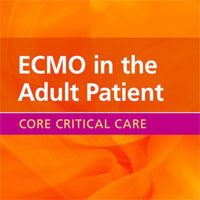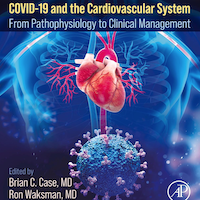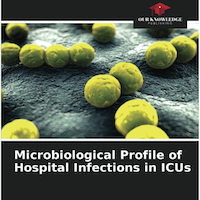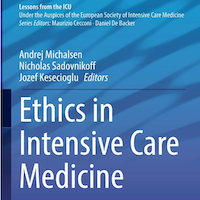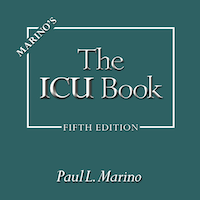Tag: study
Priority Levels in Intensive Care at an Academic Public Hospital
This prospective study of medical records determined the proportion of medical ICU patients in each priority group within a tertiary care academic public hospital. Critical care services can be life-saving, but many patients... read more

Why physician mindfulness could improve patient care and prevent health care disparities
Most recently, we hypothesized that mindfulness might have even further benefits for patients, in terms of reducing racial and ethnic inequalities in care. Studies have shown health care providers hold implicit racial and... read more
Efficacy of Oral Risperidone, Haloperidol, or Placebo for Symptoms of Delirium Among Patients in Palliative Care
In patients receiving palliative care, individualized management of delirium precipitants and supportive strategies result in lower scores and shorter duration of target distressing delirium symptoms than when risperidone... read more

New AAMC Research Reaffirms Looming Physician Shortage
The United States will face a shortage of between 40,800 and 104,900 physicians by 2030, according to a new study commissioned by the AAMC. Released March 14, 2017, the study found that the numbers of new primary care physicians... read more

Moderate Exercise and Oxygen Consumption in Hypertrophic Cardiomyopathy
This randomized clinical trial assesses whether moderate-intensity exercise training, compared with usual activity, improves exercise capacity in adults with hypertrophic cardiomyopathy. During a 5-year period, 728 adult... read more
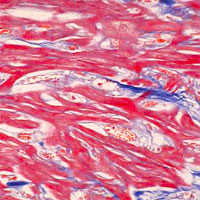
The ICM research agenda on ICU-acquired weakness
Intensive care unit (ICU)-acquired weakness (ICUAW) develops as a complication of critical illness and may represent the extreme end of a spectrum of weakness that begins with any serious illness regardless of care location.... read more
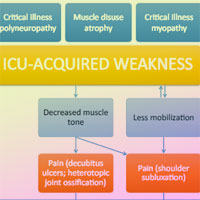
Preadmission Oral Corticosteroids Are Associated With Reduced Risk of ARDS in Critically Ill Adults With Sepsis
The unadjusted occurrence rate of acute respiratory distress syndrome within 96 hours of ICU admission was 35% among patients who had received oral corticosteroids compared with 42% among those who had not (p = 0.107). In... read more

Decision Making Model Enables Resolution of Ethics Issues at the Bedside
A study from Switzerland that evaluated implementation of a stepped ethical decision-making model on three intensive care units (ICUs) and two geriatric wards found that it worked well, with staff able to find the time and... read more

Presentations of adult septic patients in the prehospital setting as recorded by emergency medical services
The most common keywords related to septic patients’ symptom presentation were: abnormal/ suspected abnormal temperature (64.1.%), pain (38.4%), acute altered mental status (38.2%), weakness of the legs (35.1%), breathing... read more
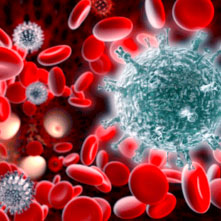
Recovery after Acute Kidney Injury
Little is known about how acute kidney injury (AKI) resolves, and whether patterns of reversal of renal dysfunction differ among patients with respect to ultimate recovery. We have identified five distinct recovery phenotypes... read more
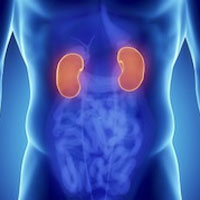
An Educational Intervention Optimizes the Use of Arterial Blood Gas Determinations Across ICUs
The large scale implementation of guidelines for ABG use reduced the number of inappropriately ordered ABG determinations over seven different multidisciplinary ICUs, without negatively impacting patient care. We saw a reduction... read more

Meta-Analysis of Therapeutic Hypothermia for Traumatic Brain Injury in Adult and Pediatric Patients
Therapeutic hypothermia is a likely beneficial treatment following TBI in adults, improving both neurologic outcomes and decreasing mortality rates. Our work suggests that the optimal management strategy to improve both morbidity... read more

Delirium in Critically Ill Children: An International Point Prevalence Study
In this multi-institutional, multinational point prevalence study of 994 subjects, delirium screening by the bedside nurse was feasible in children of all ages. PD was a common complication of critical illness, with a prevalence... read more
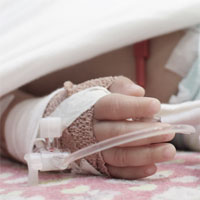
Barriers to Regaining Control within a Constructivist Grounded Theory of Family Resilience in ICU
This paper discusses families' experiences of their interactions when a relative is admitted unexpectedly to an Australian ICU. A grounded theory methodology was adopted for the study. Data was collected between 2009−2013,... read more
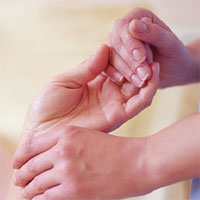
Comparing Use of Low-Value Health Care Services Among U.S. Advanced Practice Clinicians and Physicians
Many physicians believe that advanced practice clinicians (APCs) provide care of relatively lower value. APCs and physicians provided an equivalent amount of low-value health services, dispelling physicians' perceptions... read more

New Guideline Will Allow First-Year Doctors to Work 24-Hour Shifts
First-year doctors in training will now be permitted to work shifts lasting as long as 24 hours, eight hours longer than the current limit, according to a professional organization that sets work rules for graduates from... read more
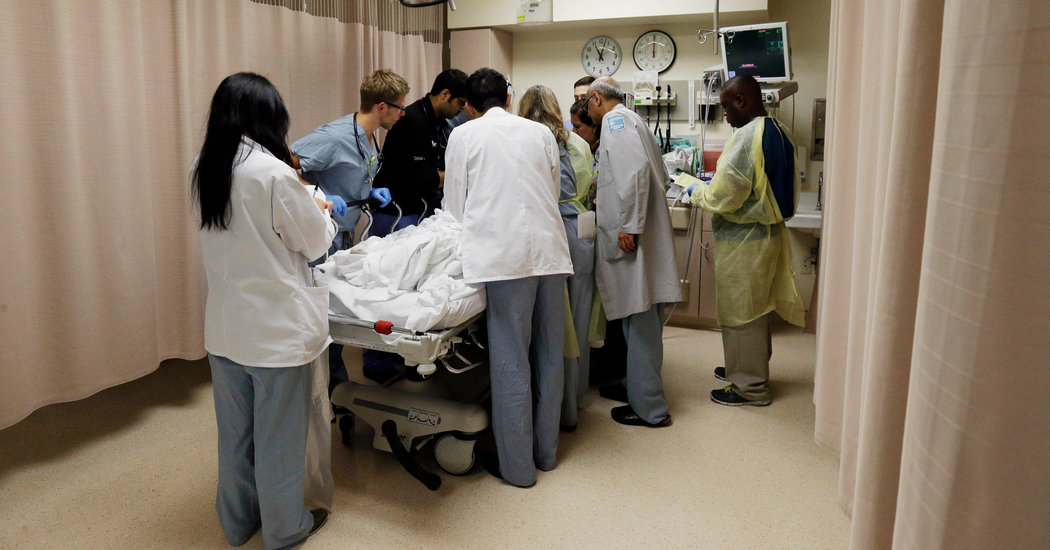
Opening pressures and atelectrauma in ARDS
Data show that the prerequisites of the open lung strategy are not satisfied using PEEP up to 15 cmH2O and plateau pressure up to 30 cmH2O. For an effective open lung strategy, higher pressures are required. Therefore,... read more
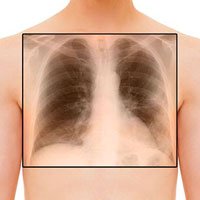
Association of Ratio-Based Massive Transfusion With Survival Among Patients Without Trauma
Association Between Ratio of Fresh Frozen Plasma to Red Blood Cells During Massive Transfusion and Survival Among Patients Without Traumatic Injury. This study reports on the use and benefits of ratio-based blood product... read more






